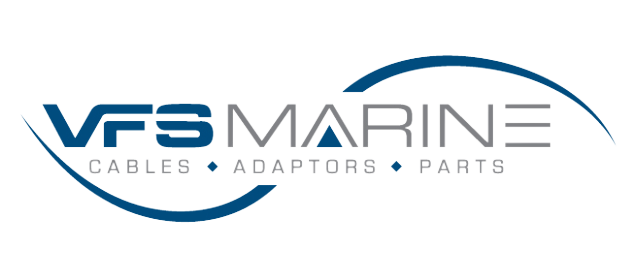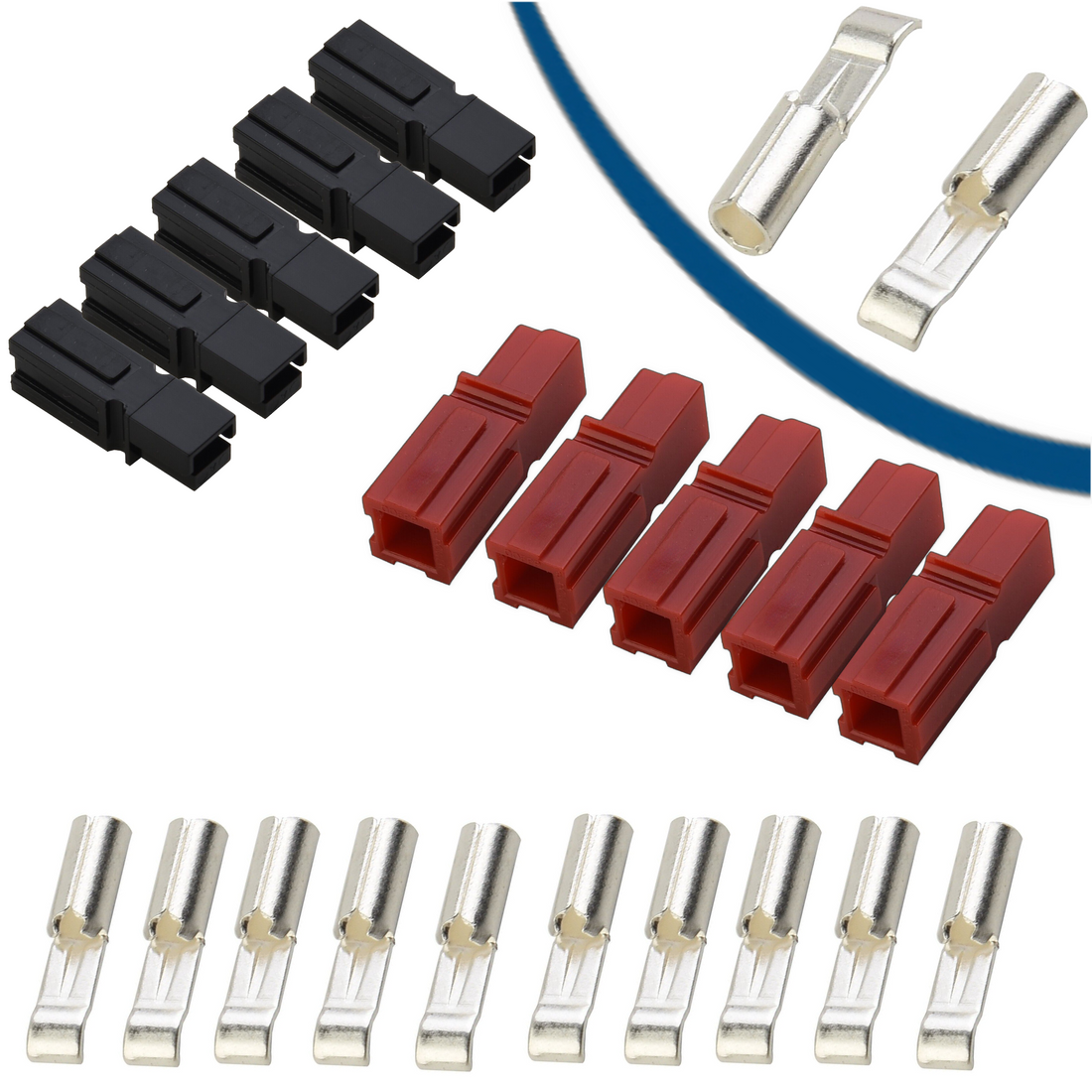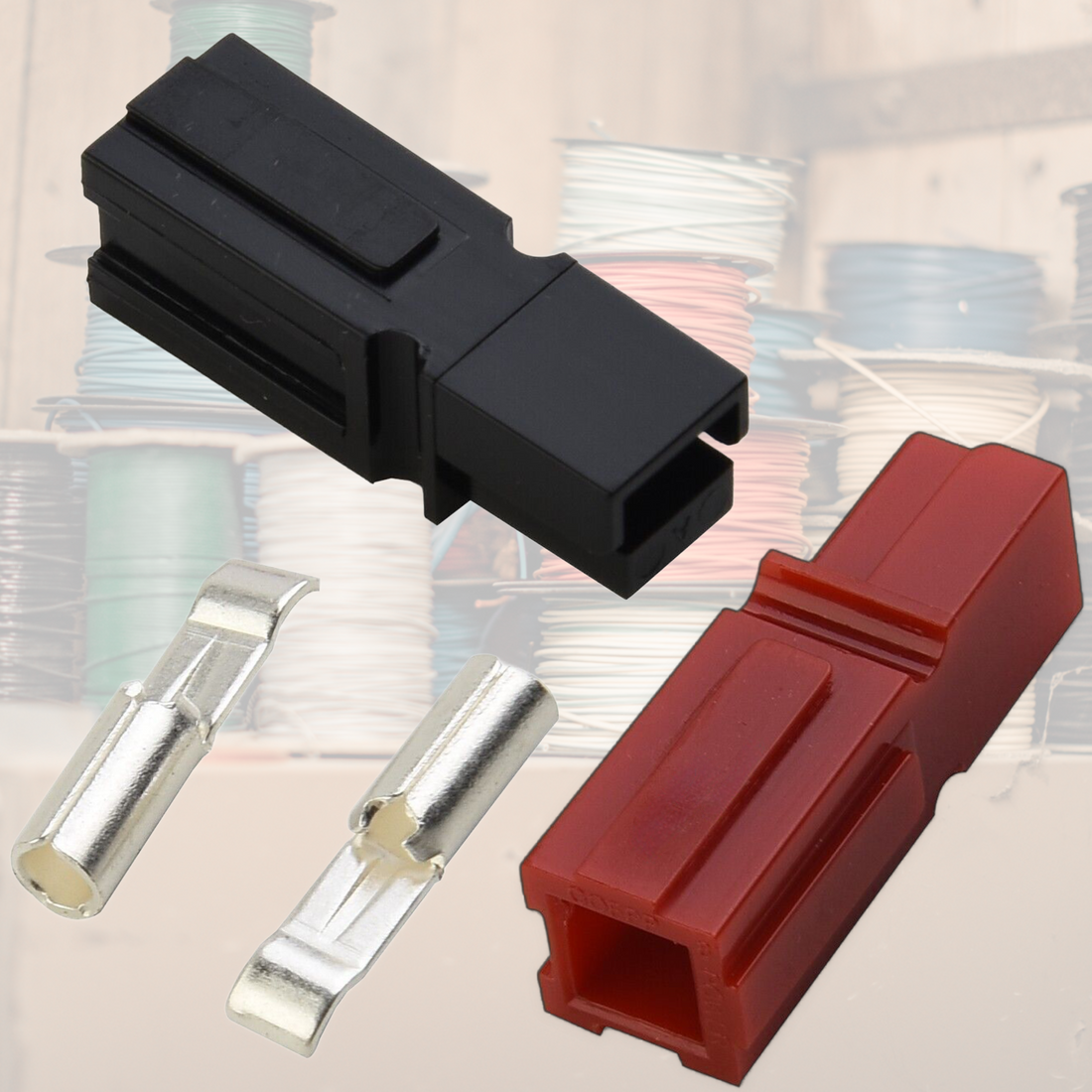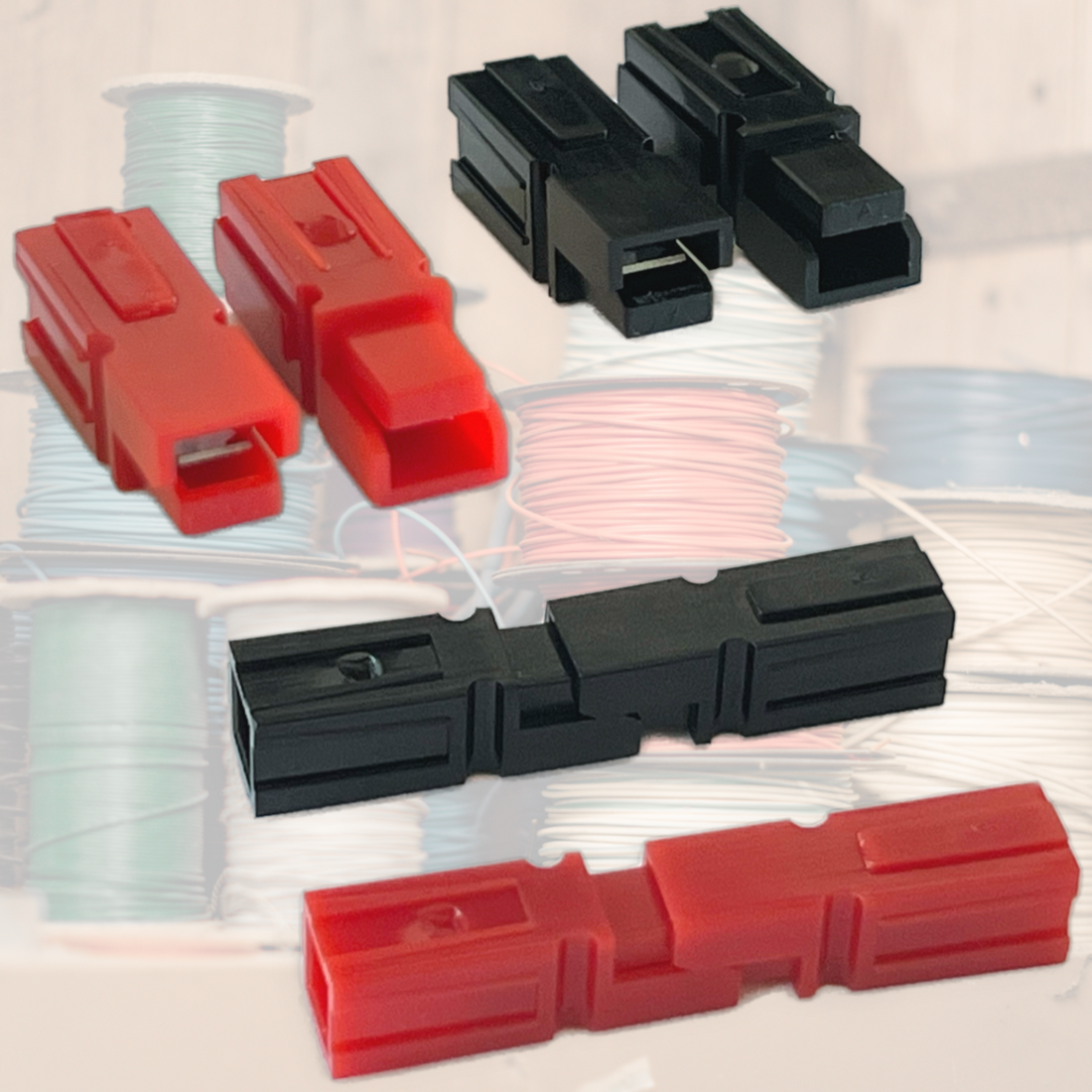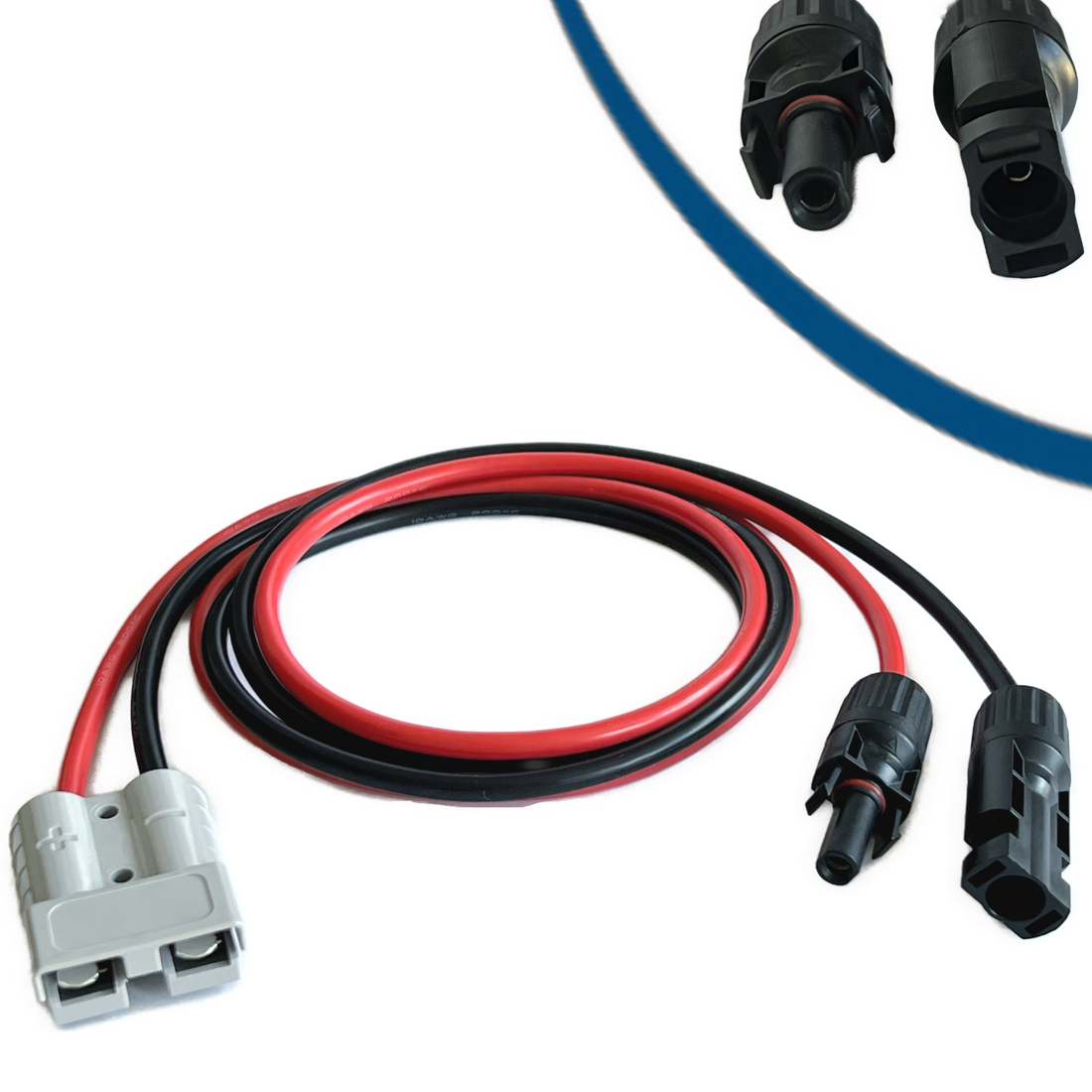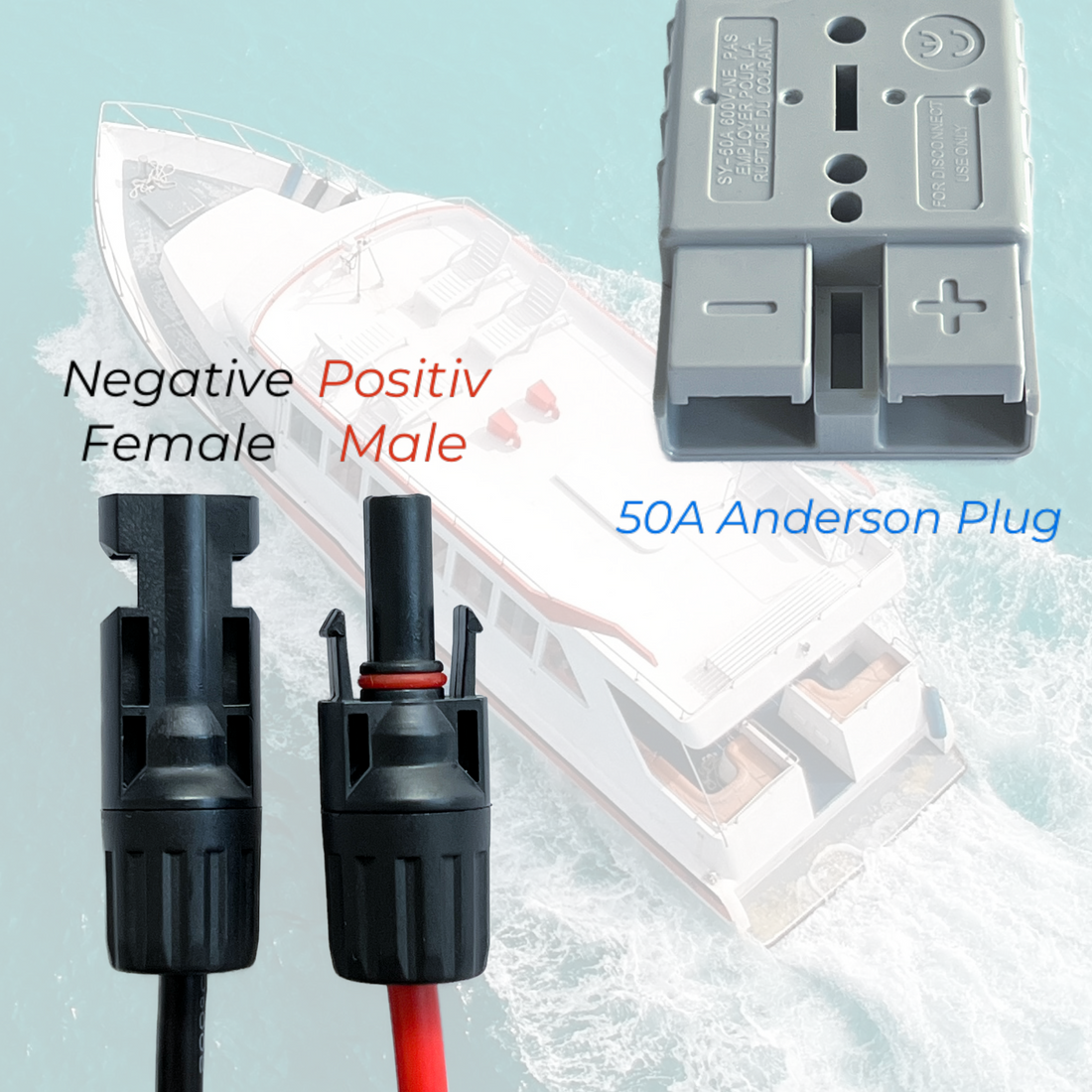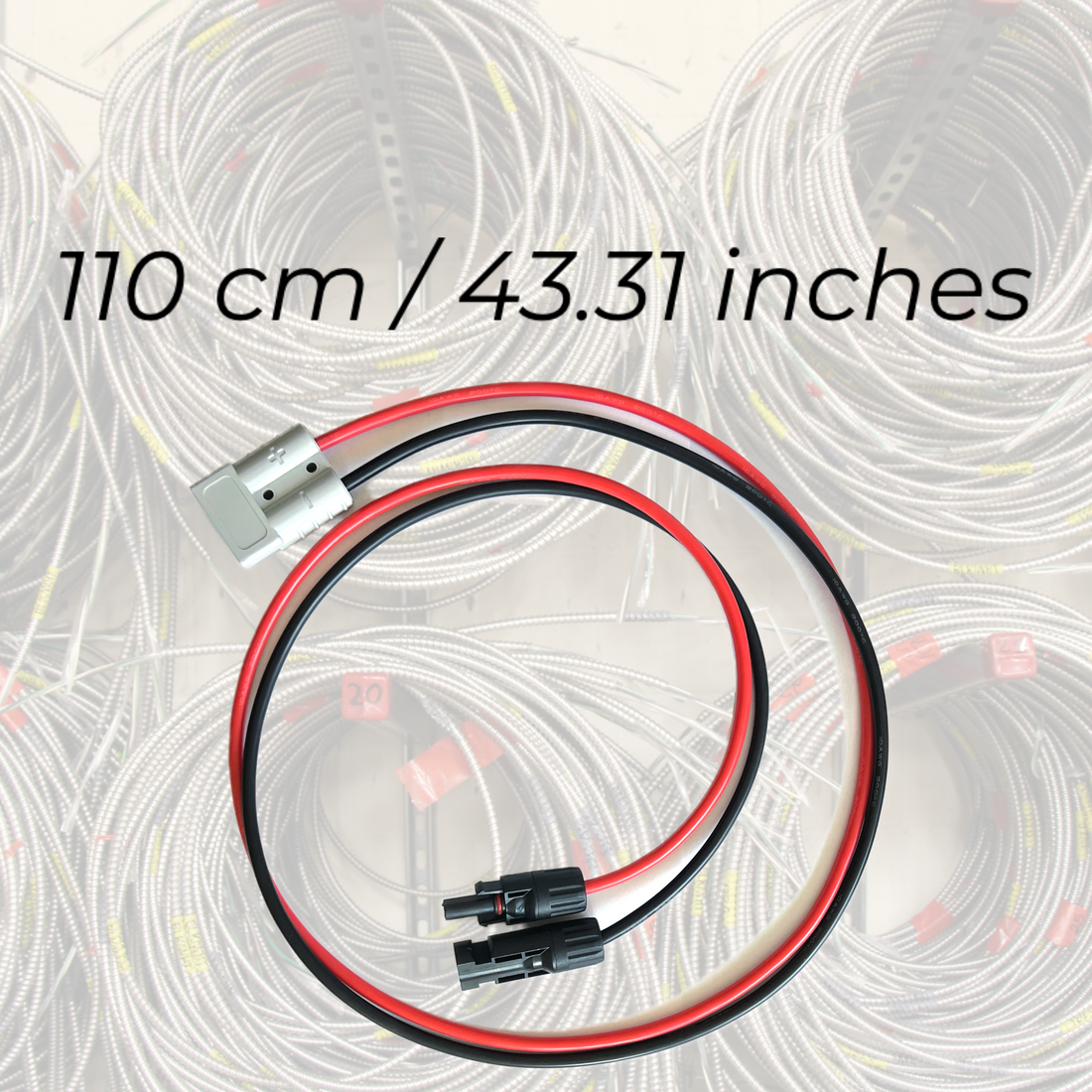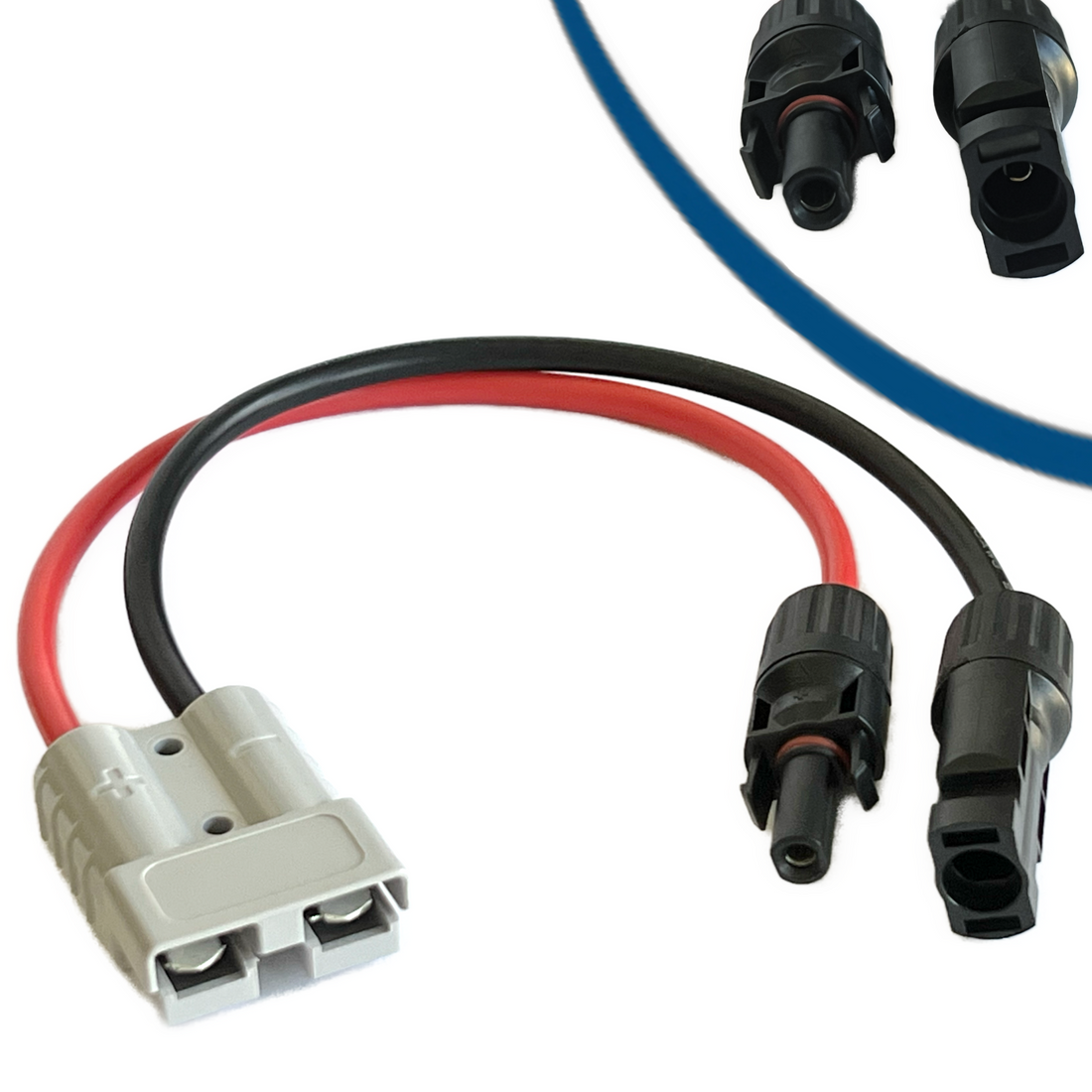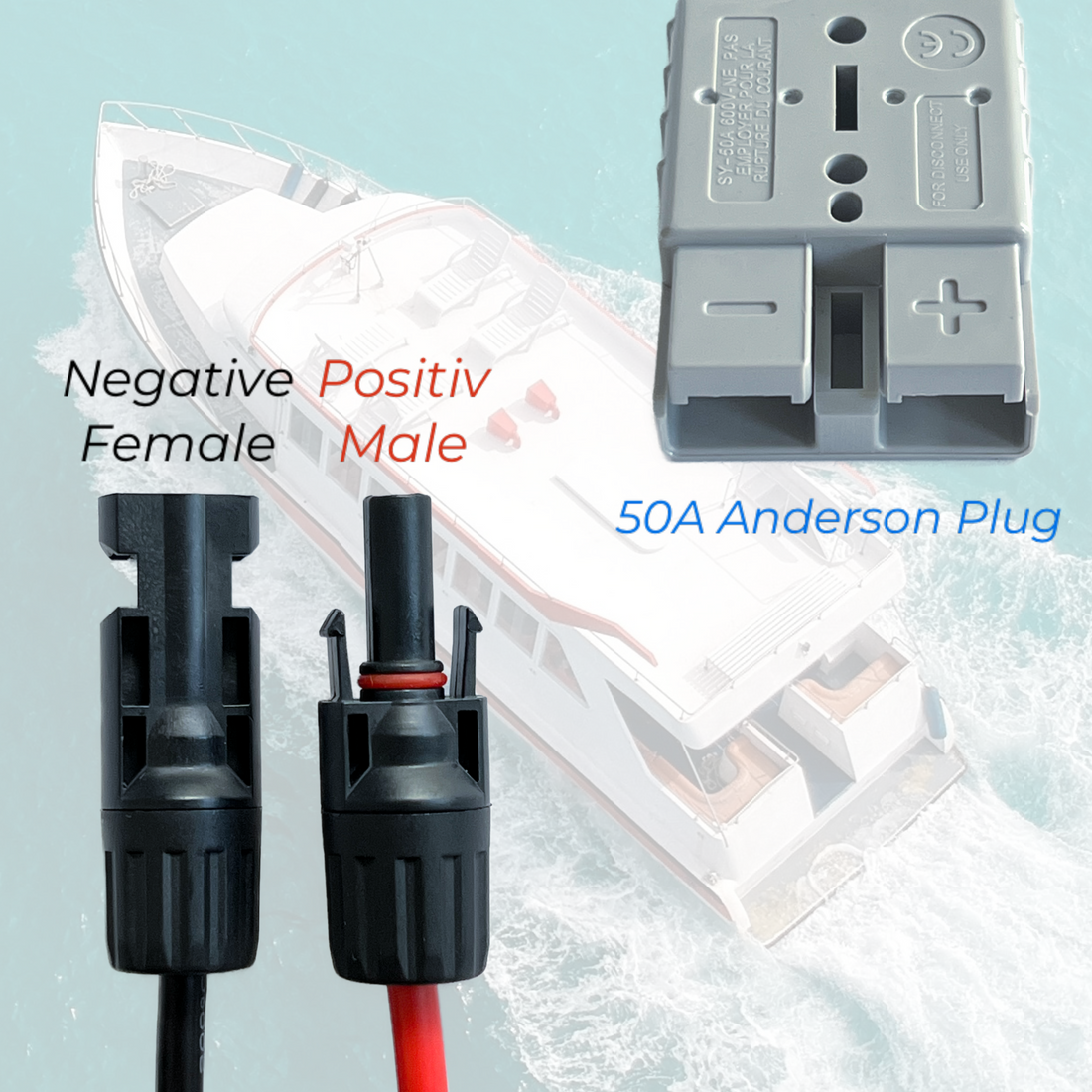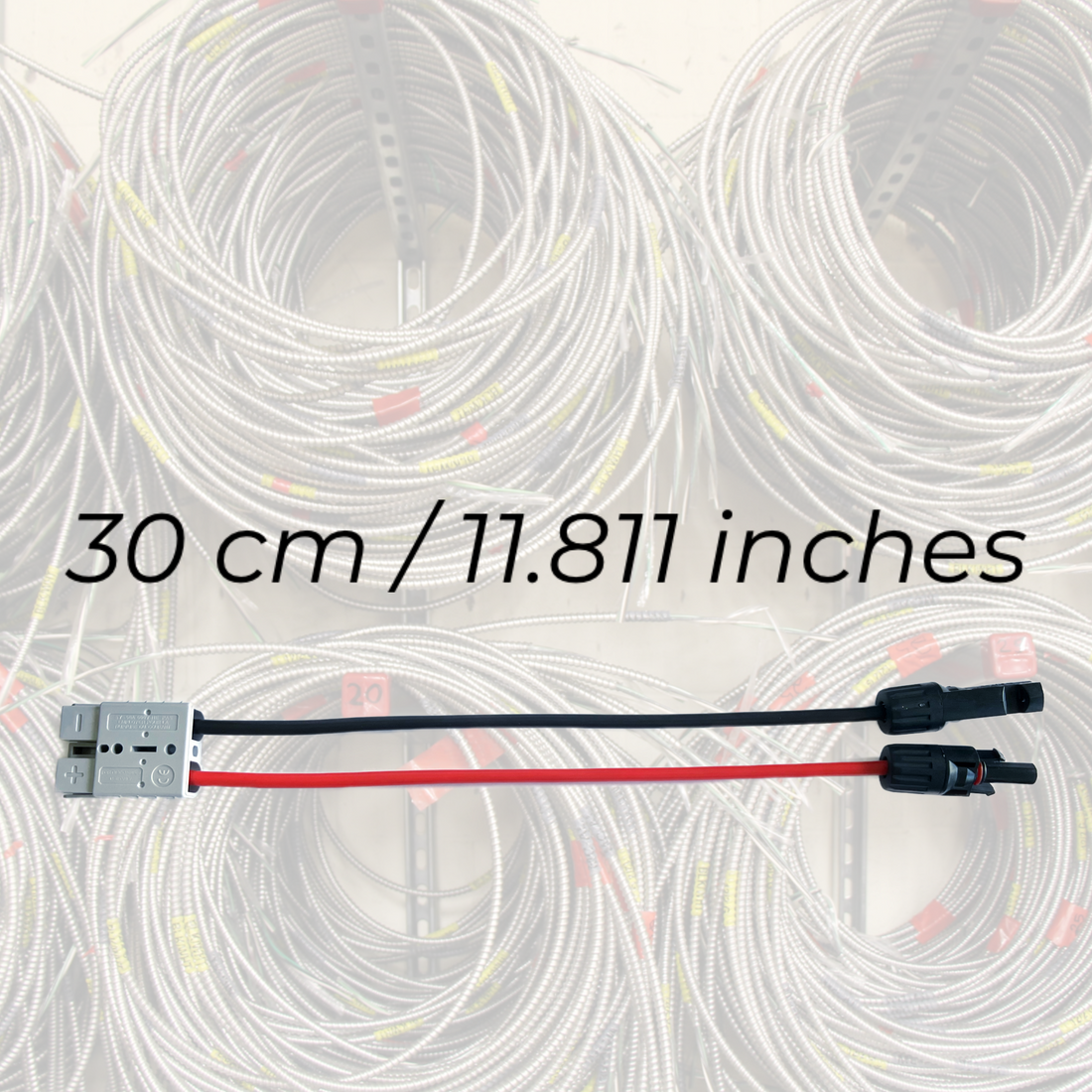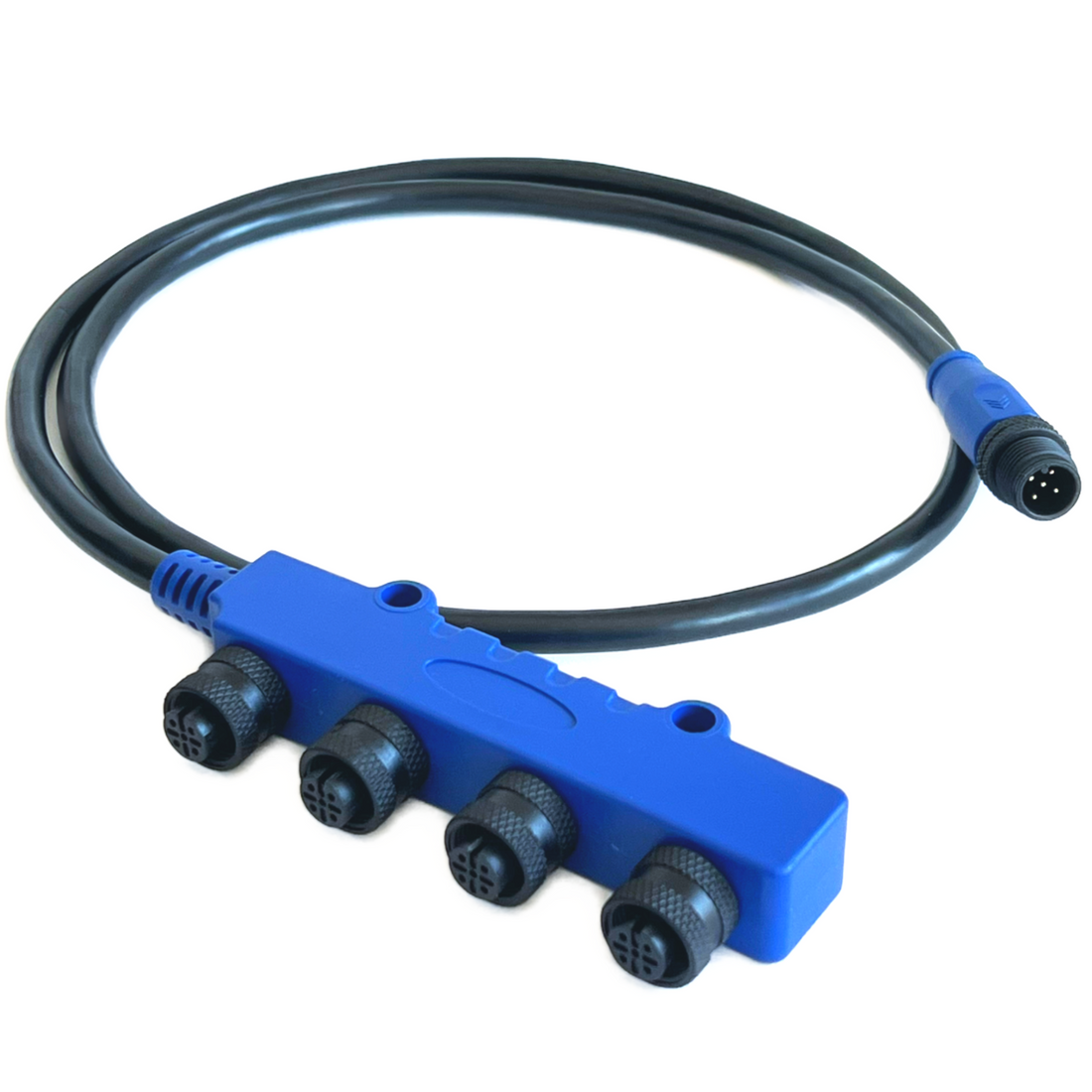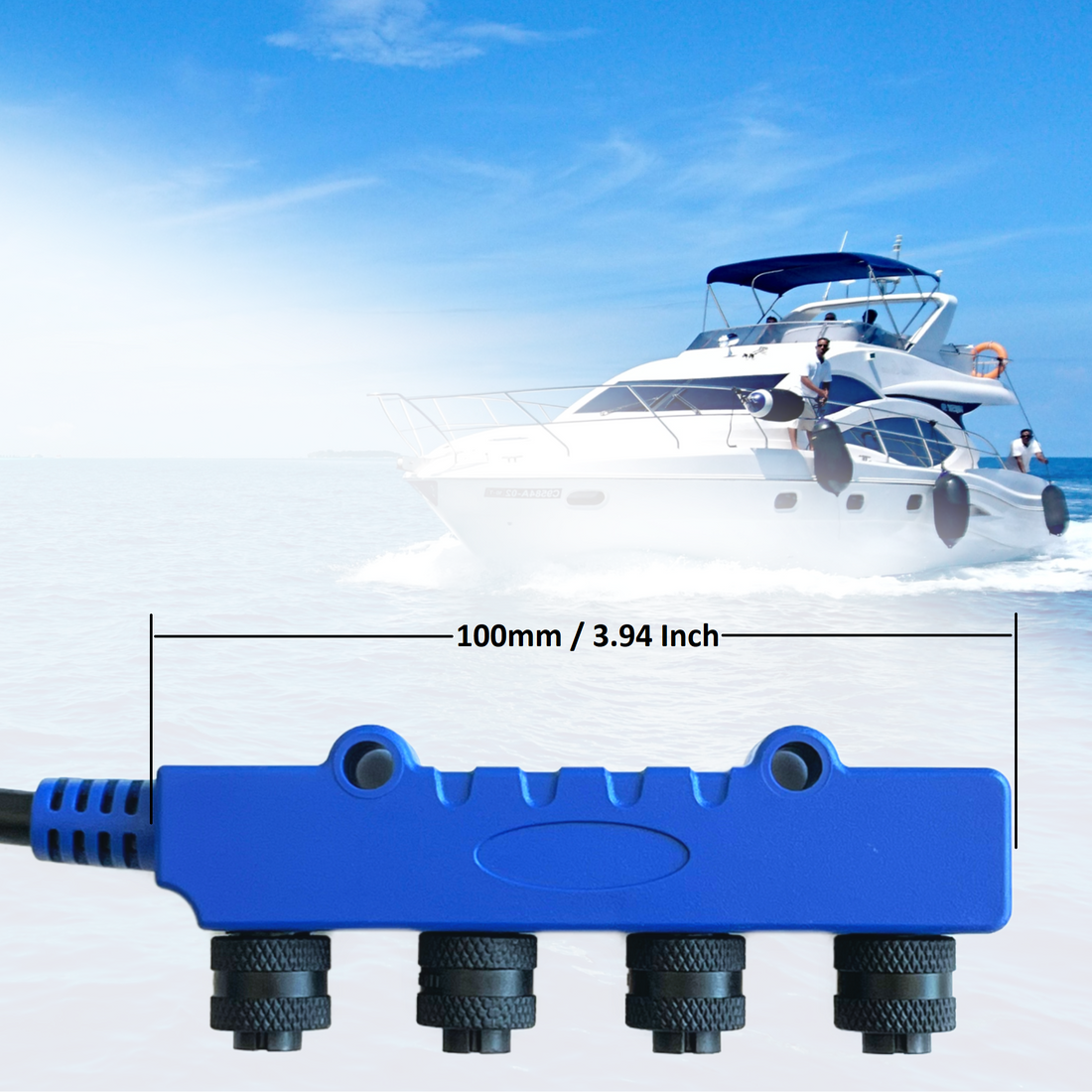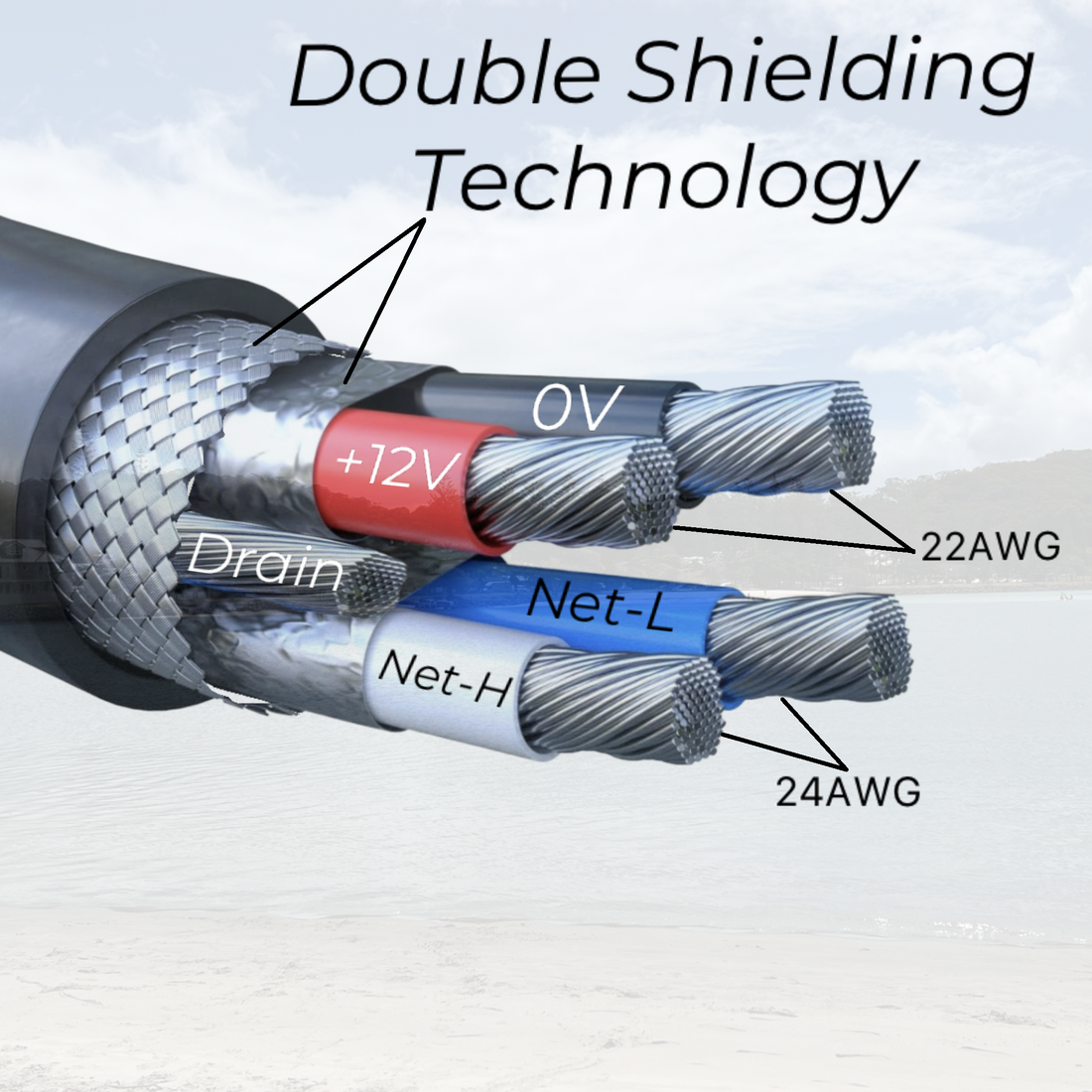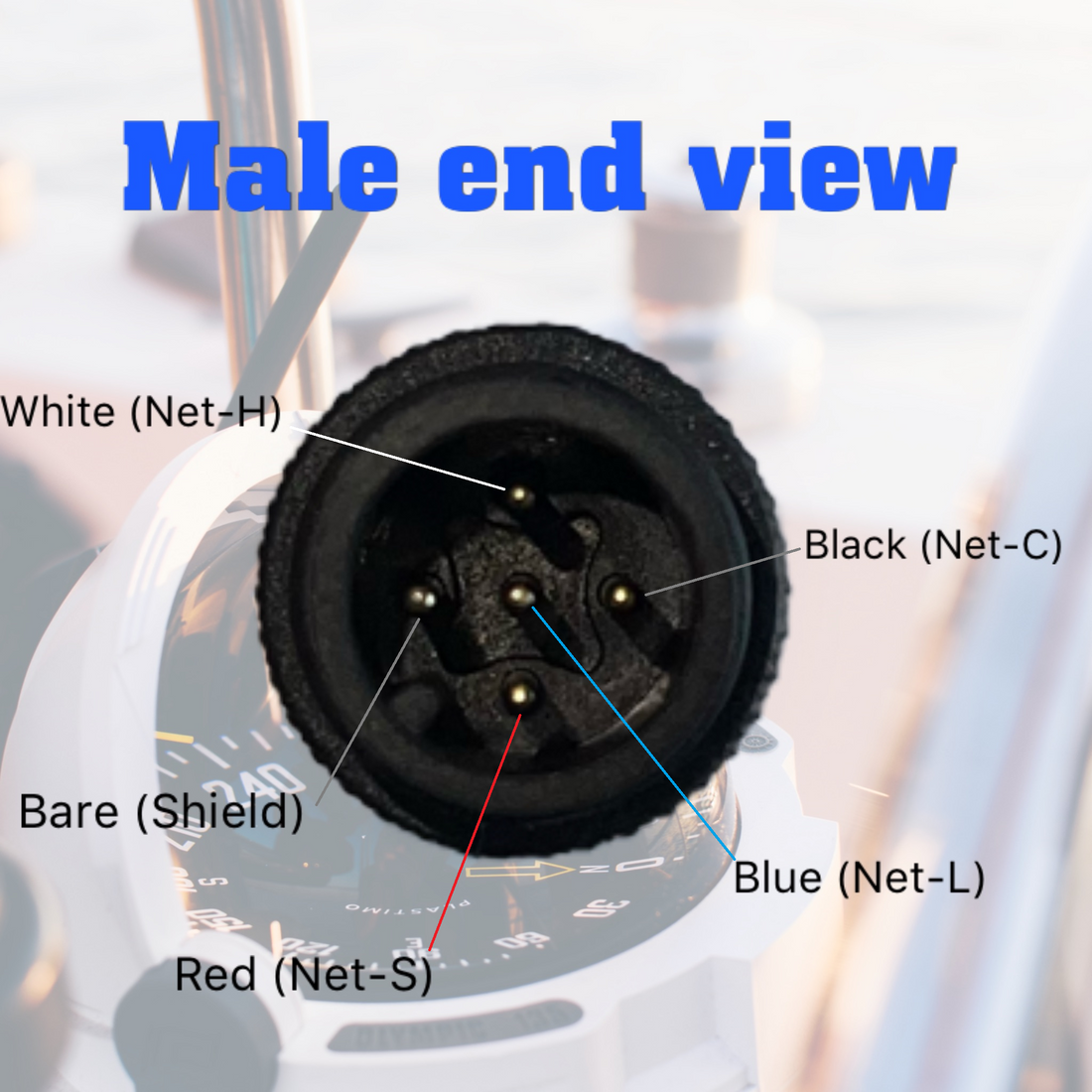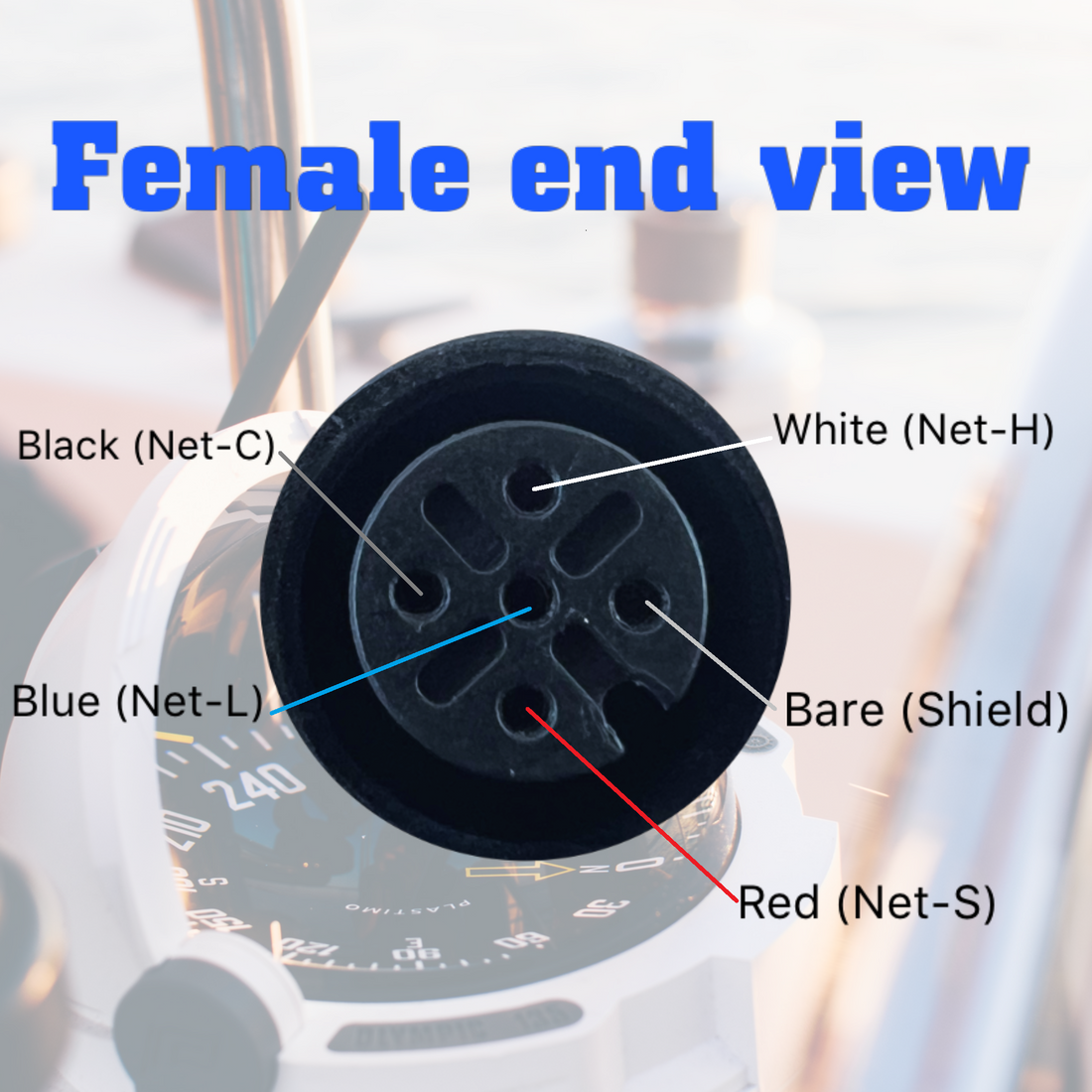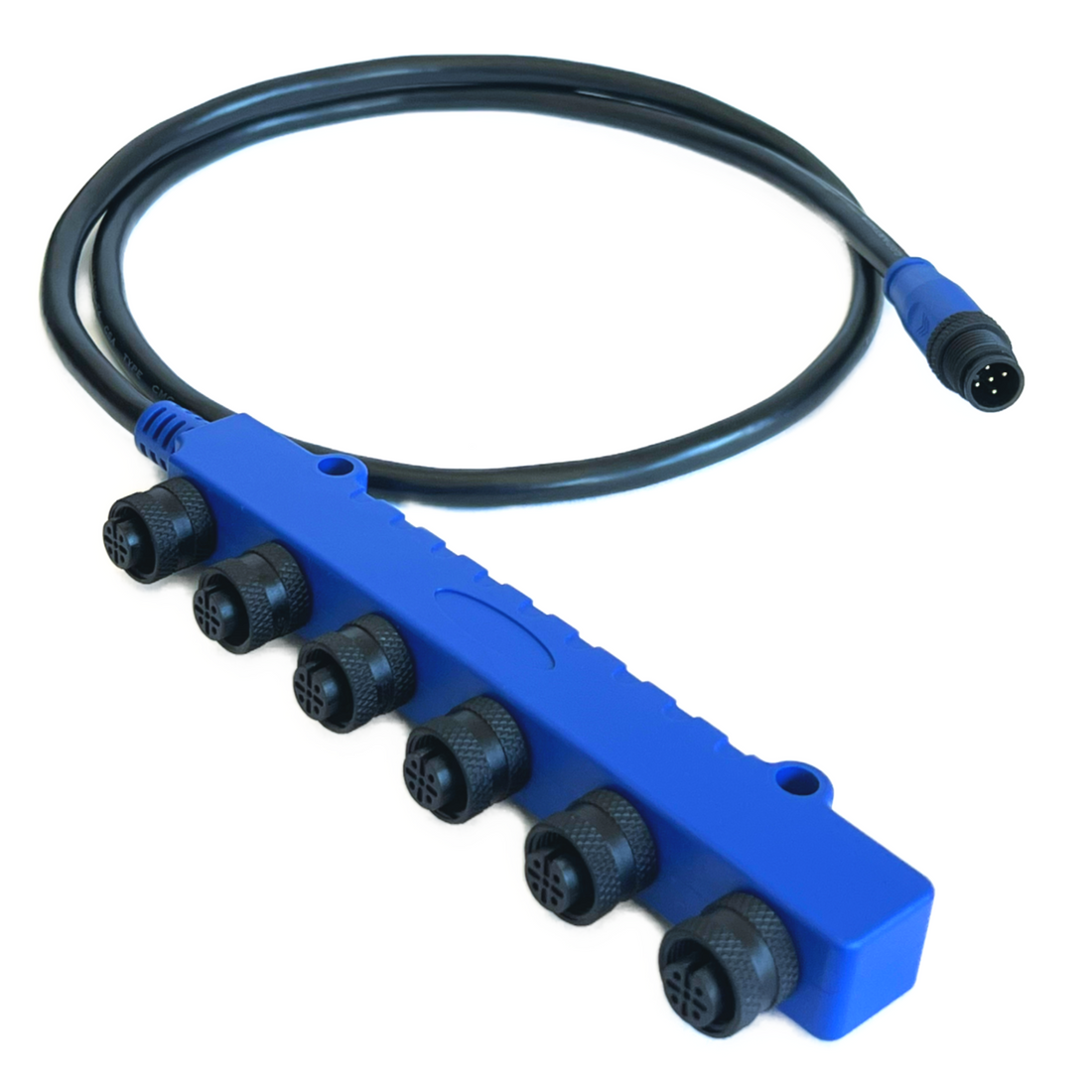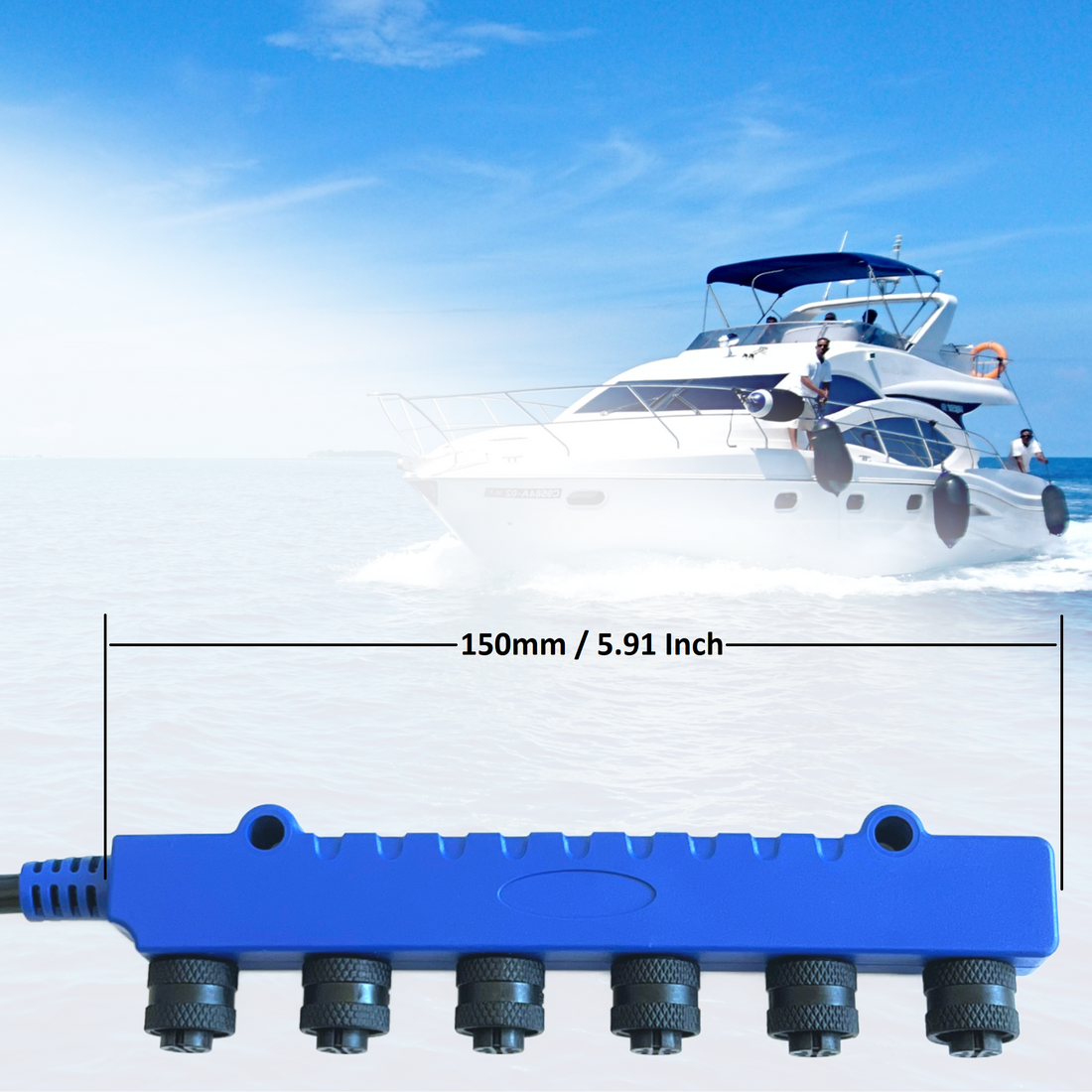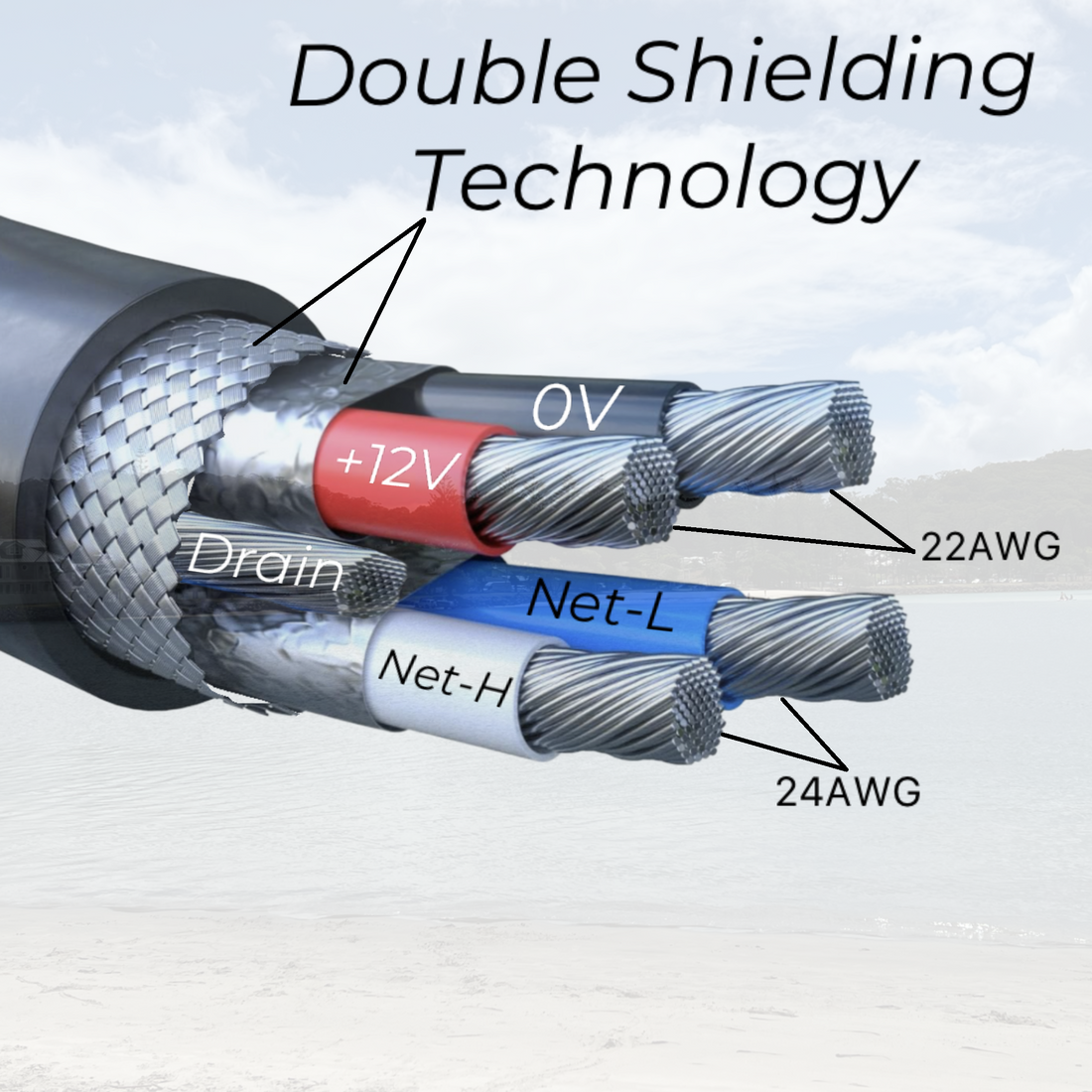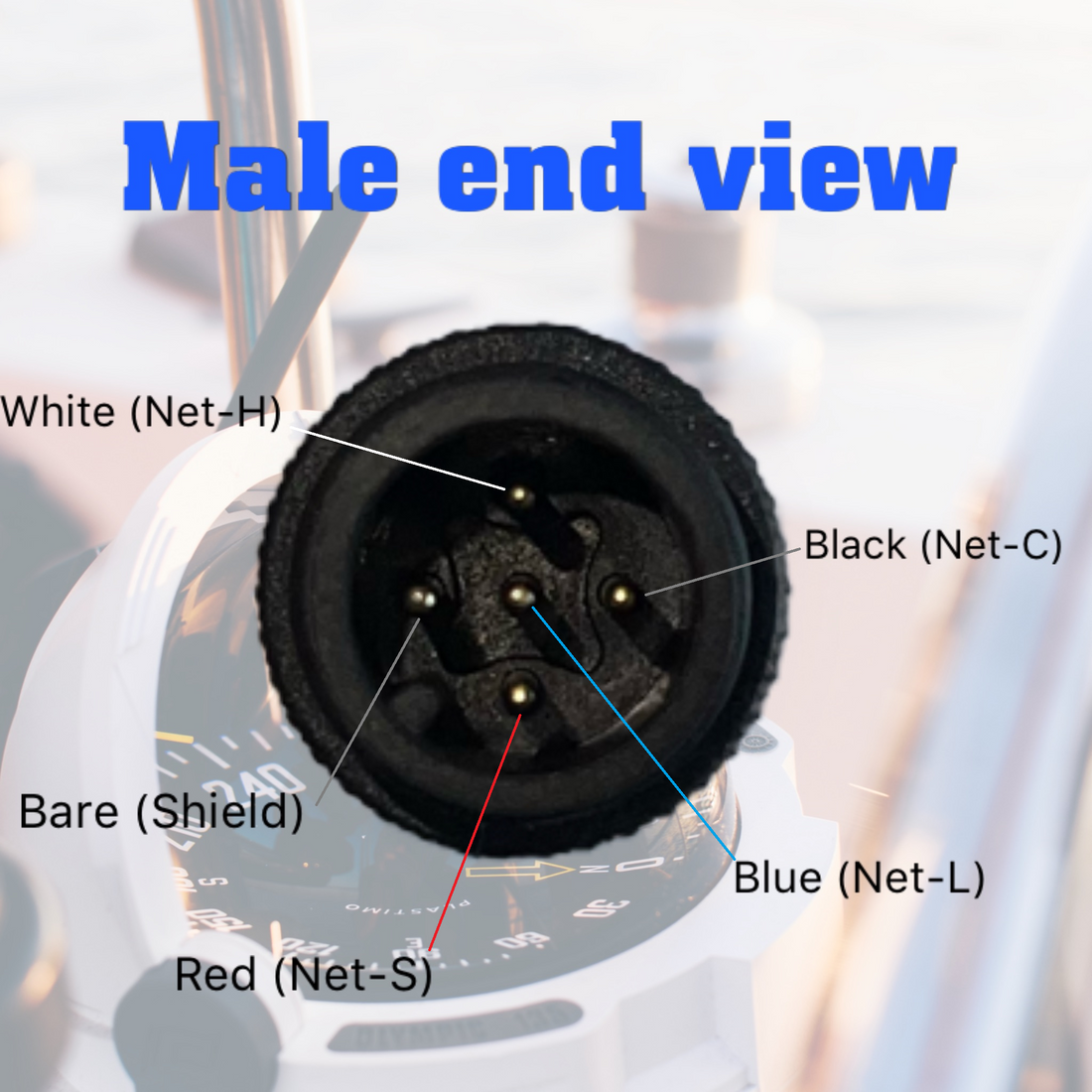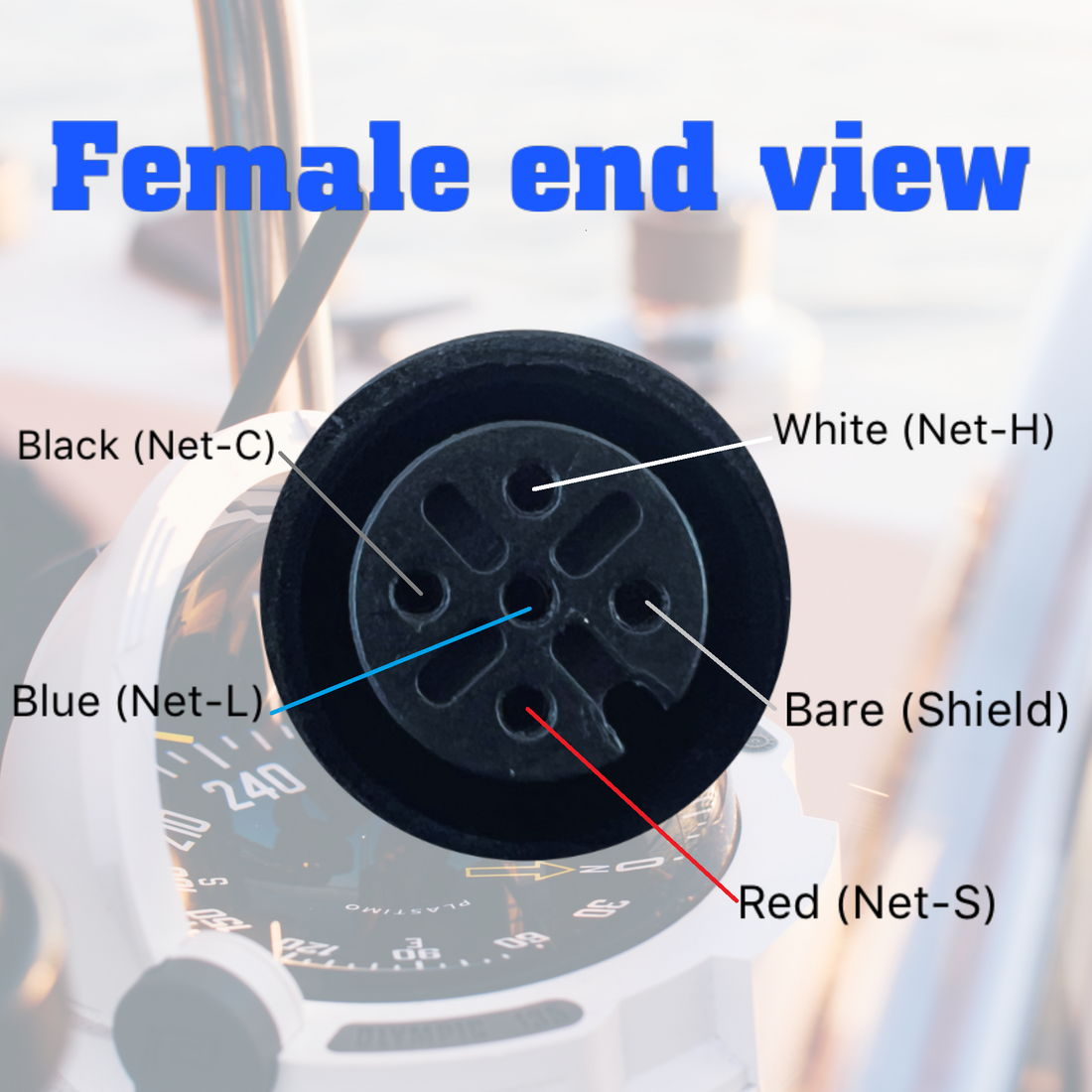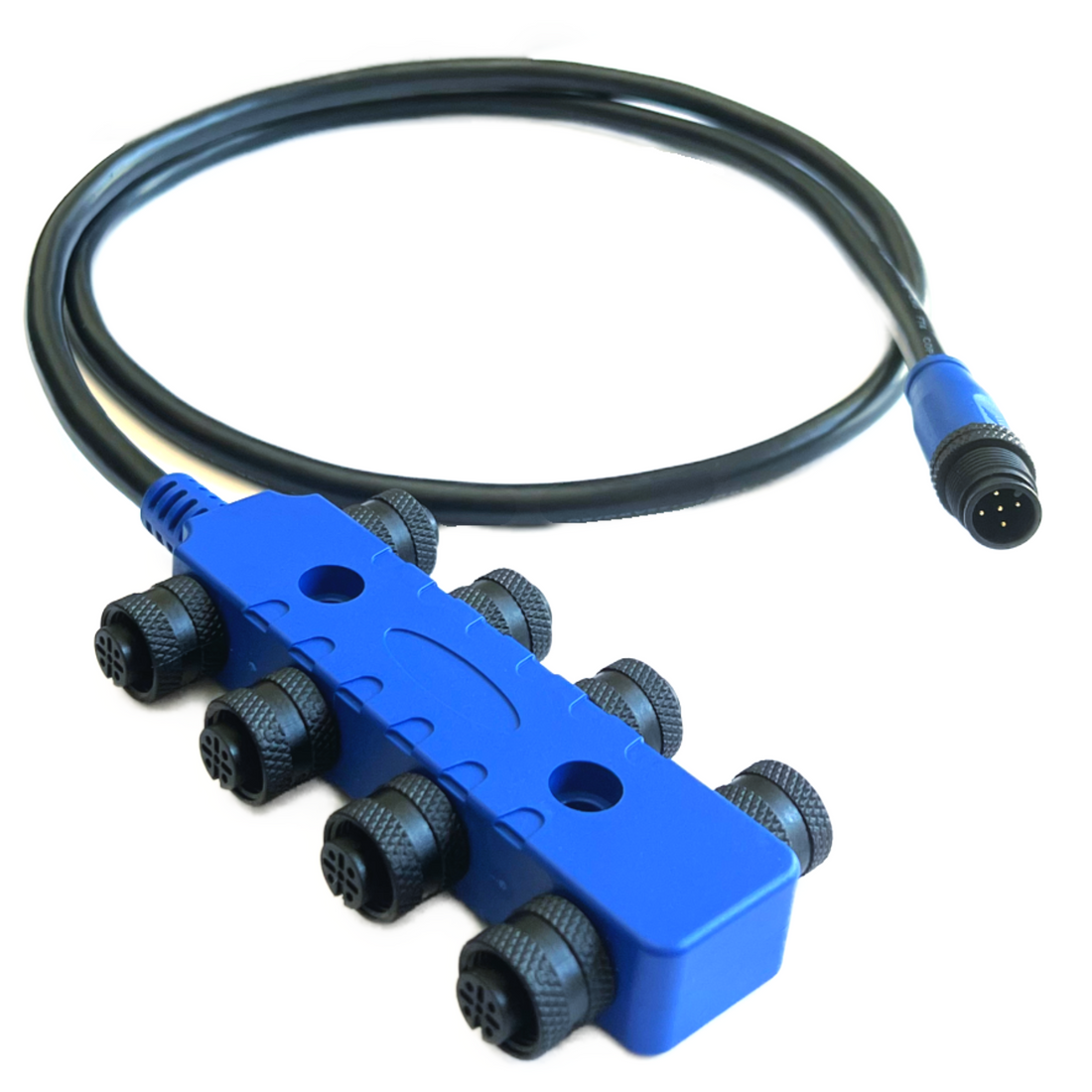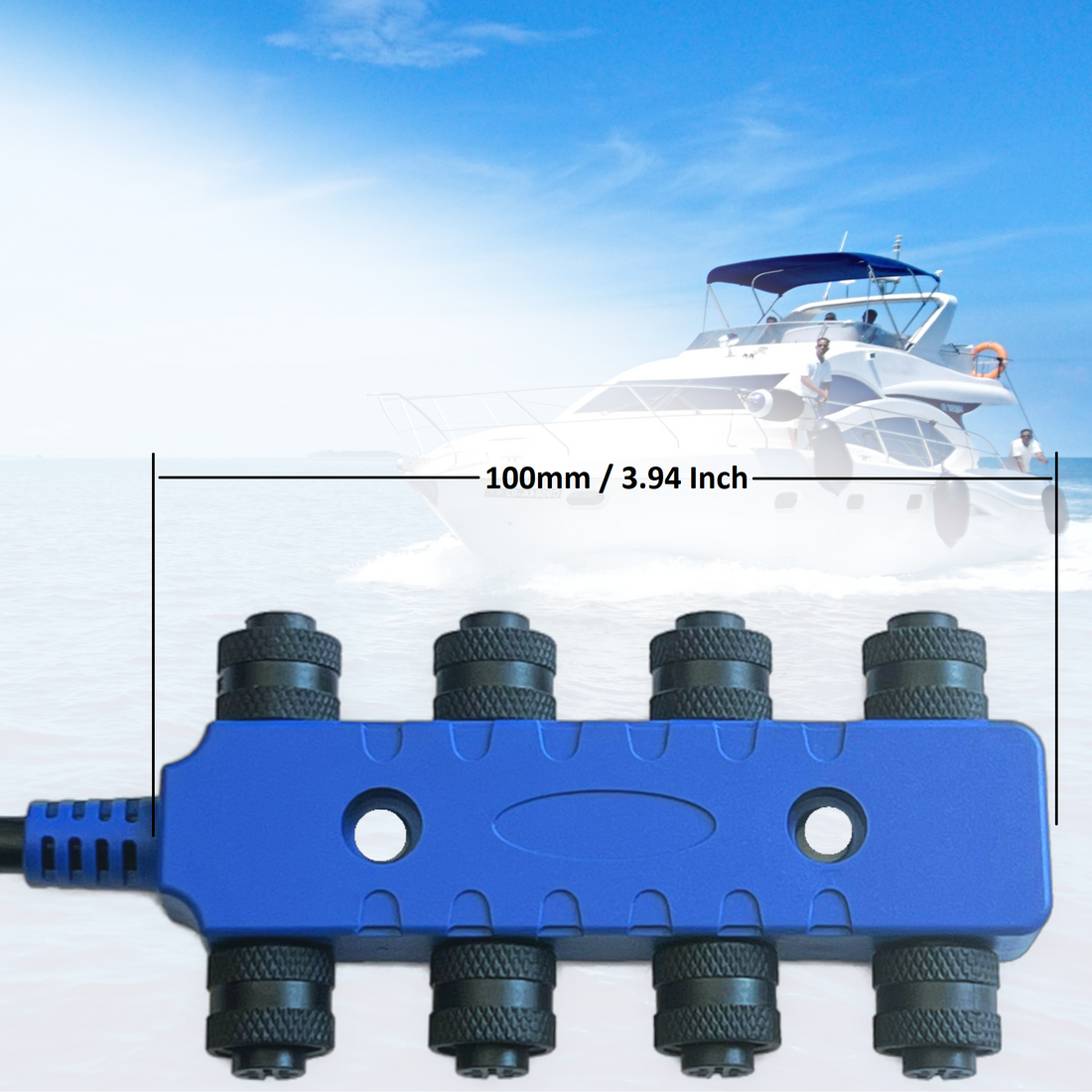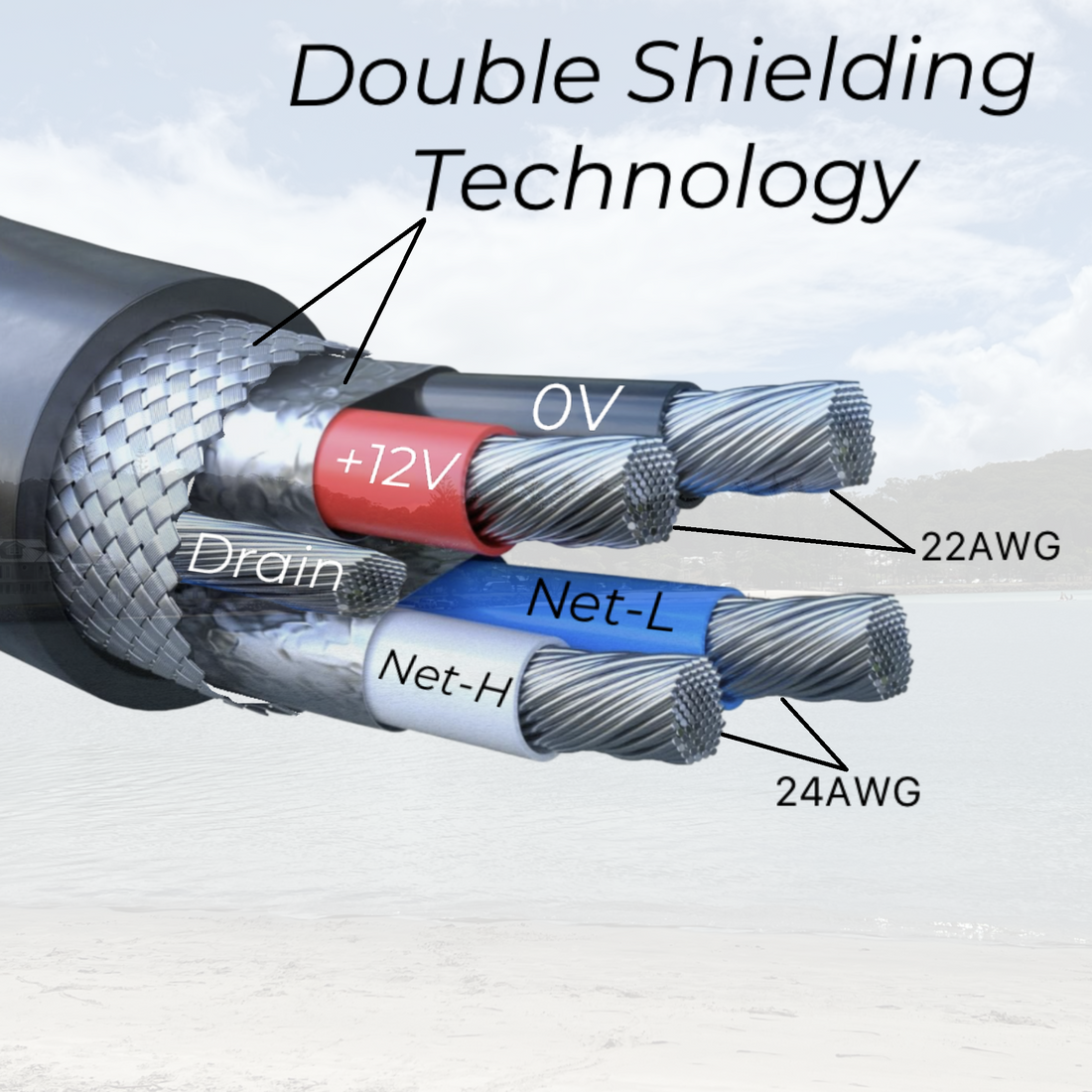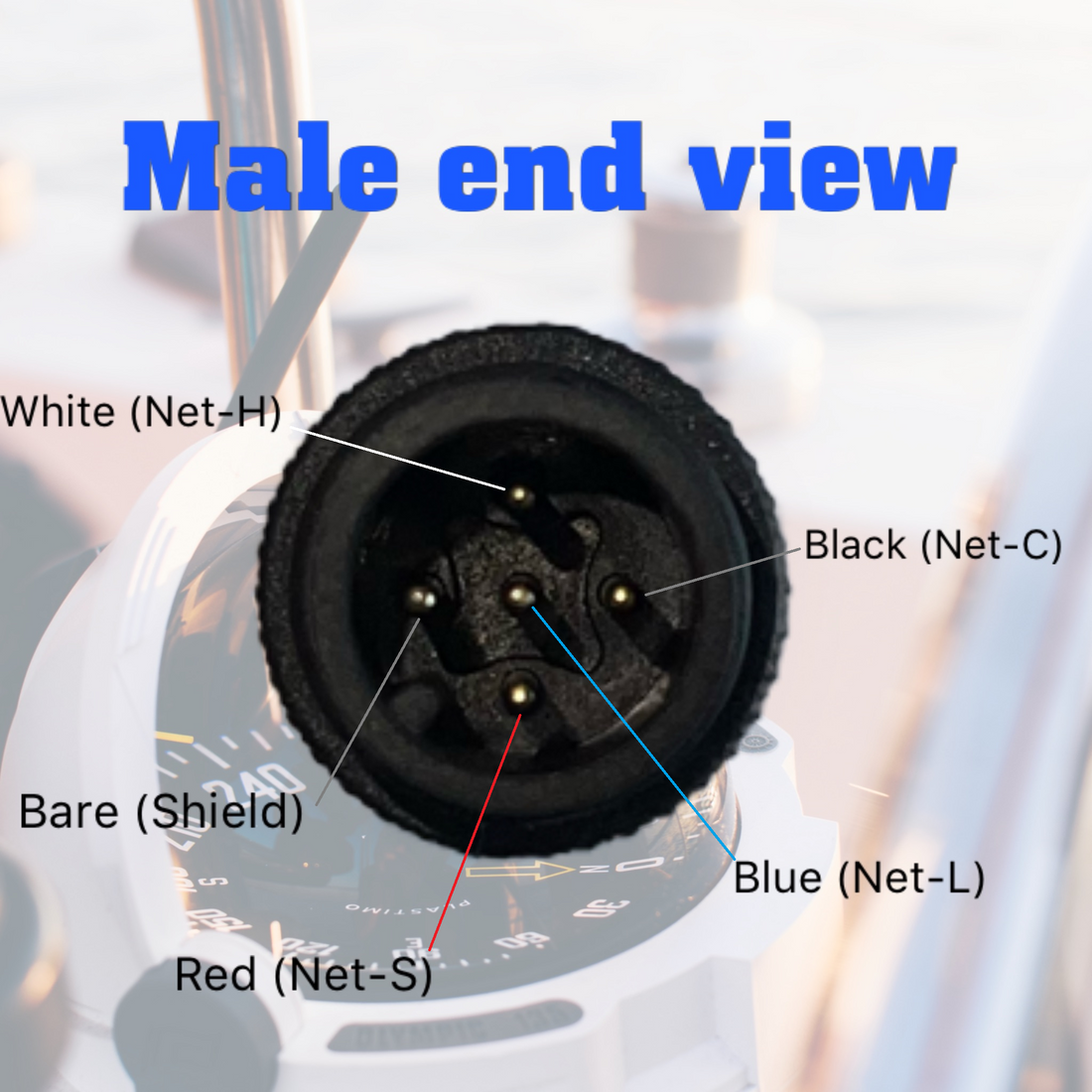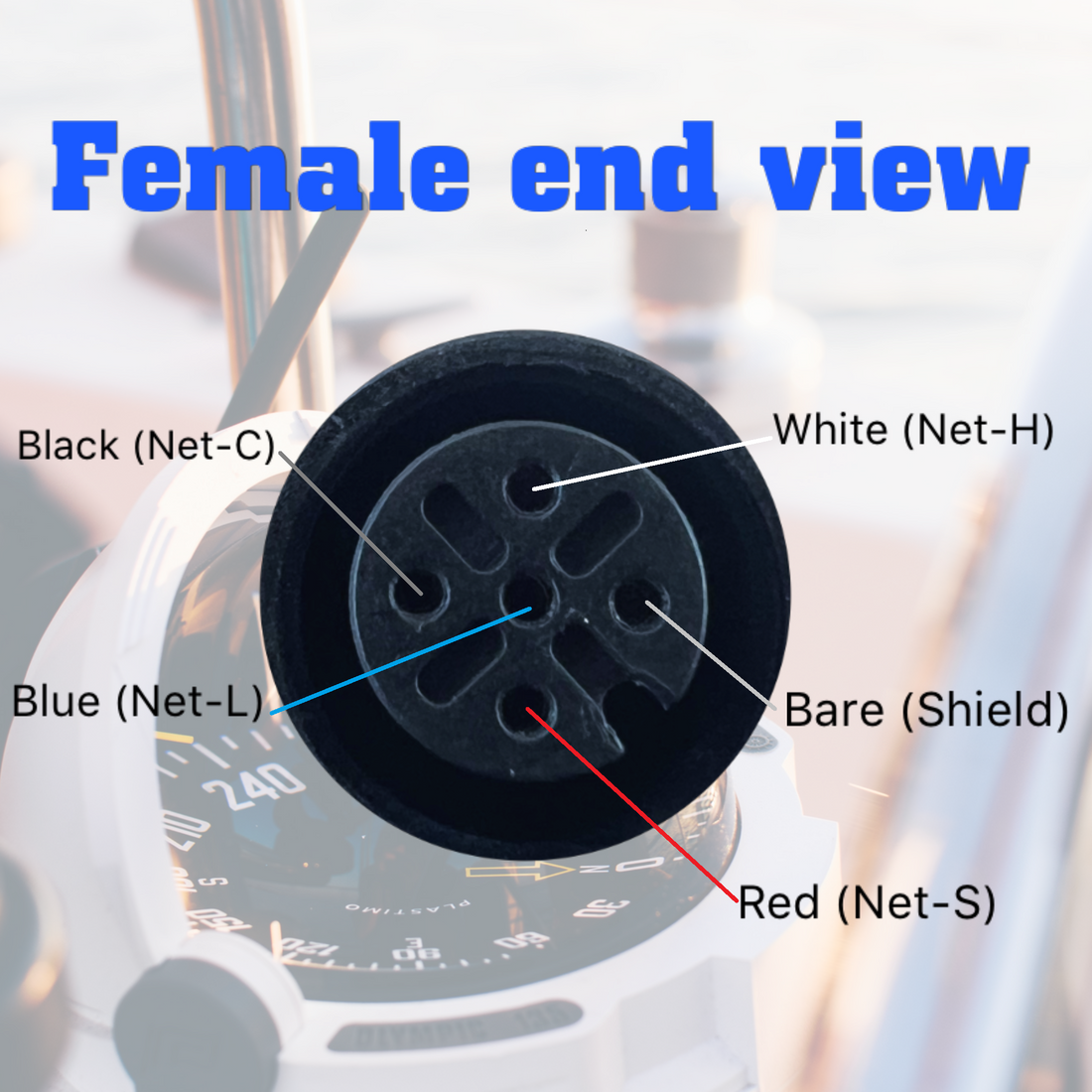
News
Navigating the Seas with Confidence: A Comprehensive Guide to the NMEA 2000 Starter Kit by Garmin
Navigating the Seas with Confidence: A Comprehensive Guide to the NMEA 2000 Starter Kit by Garmin
Navigating the Seas with Confidence: A Comprehensive Guide to the NMEA 2000 Starter Kit by Garmin
Setting sail on the vast seas can be an exhilarating adventure, but it comes with a set of challenges. To navigate with confidence and peace of mind, a reliable and comprehensive communication system is essential. Garmin, a leading name in marine technology, provides the perfect solution with their NMEA 2000 Starter Kit. In this comprehensive guide, we will explore the features, benefits, and installation process of the kit, empowering boat enthusiasts to maximize their boating experiences.
With a focus on intuitive design and cutting-edge technology, Garmin's NMEA 2000 Starter Kit allows for seamless integration of multiple devices on board. Whether it's monitoring engine performance, tracking fuel consumption, or receiving critical navigational data, this versatile system offers real-time monitoring and control. By embracing an open-standard networking protocol, it ensures compatibility with a wide range of equipment, enabling boaters to customize their setup to suit their individual needs.
Join us as we delve into the intricacies of the NMEA 2000 Starter Kit by Garmin and discover how it can revolutionize your boating experience. From installation tips to troubleshooting techniques, this comprehensive guide will equip you with the knowledge you need to sail the seas confidently and effortlessly.
Understanding the NMEA 2000 Standard
The National Marine Electronics Association (NMEA) has established a standard for marine electronics communication systems, known as NMEA 2000. This open-standard networking protocol allows various marine devices to communicate seamlessly with each other, providing real-time data and enhancing the boating experience. Unlike its predecessor, NMEA 0183, the NMEA 2000 standard offers faster data transfer, improved reliability, and greater flexibility.
The NMEA 2000 standard operates on a Controller Area Network (CAN) bus system, which enables multiple devices to be interconnected using a single backbone cable. Each device on the network is assigned a unique address, allowing for efficient communication and control. This standardized approach simplifies the integration of different marine electronics, ensuring compatibility and ease of use.
Garmin's NMEA 2000 Starter Kit embraces the NMEA 2000 standard, providing boat enthusiasts with a reliable and user-friendly solution for their communication needs. Let's explore the benefits of using NMEA 2000 Starter Kits in more detail.
Benefits of using NMEA 2000 Starter Kits
1. Seamless Integration: One of the key advantages of the NMEA 2000 Starter Kit by Garmin is its ability to seamlessly integrate with a wide range of marine devices. Whether it's chartplotters, radar systems, autopilots, depth sounders, or even entertainment systems, this versatile kit allows for effortless communication and control. By consolidating data from multiple sources into a single interface, boaters can access all the information they need at their fingertips.
2. Real-Time Monitoring: The NMEA 2000 Starter Kit provides boaters with real-time monitoring capabilities, ensuring they stay informed about the status of their vessel. From engine performance to fuel consumption, battery voltage to water temperature, the kit enables users to keep track of critical data without the need for manual checks. This proactive approach to monitoring allows boaters to identify and address issues promptly, enhancing safety and peace of mind.
3. Customizable Configuration: With the NMEA 2000 Starter Kit, boat enthusiasts have the flexibility to customize their communication setup according to their specific needs. The open-standard nature of the NMEA 2000 protocol allows for compatibility with a wide range of marine electronics from different manufacturers. This means users can choose the devices that best suit their requirements, mixing and matching components to create a personalized and tailored system.
4. Ease of Use: Garmin has designed their NMEA 2000 Starter Kit with user-friendliness in mind. The plug-and-play functionality simplifies the installation process, allowing boaters to get up and running quickly. The intuitive interface and straightforward controls make it easy for users to navigate through menus and access the information they need. Whether you are a seasoned boater or a novice, the NMEA 2000 Starter Kit by Garmin offers a hassle-free experience.
Now that we understand the benefits of using NMEA 2000 Starter Kits, let's take a closer look at the components included in the kit.
Components of a NMEA 2000 Starter Kit
Garmin's NMEA 2000 Starter Kit contains all the essential components needed to establish a reliable and efficient communication network on your vessel. The kit typically includes the following components:
1. Backbone Cable: The backbone cable forms the central network and serves as the main communication pathway for all connected devices. It is usually a single, long cable that runs throughout the vessel, connecting all the devices to each other.
2. Power Cable: The power cable provides electrical power to the NMEA 2000 network, ensuring that all connected devices receive the necessary power supply. It is connected to a power source, such as the boat's battery, and distributed to the devices through the backbone cable.
3. T-Connectors: T-connectors are used to join the backbone cable with the various devices on the network. They provide a secure and reliable connection, ensuring seamless communication between the devices.
4. Terminators: Terminators are essential for preventing signal reflections and ensuring the integrity of the communication network. They are installed at both ends of the backbone cable to terminate the network properly.
5. Drop Cables: Drop cables are used to connect individual devices to the backbone cable. They provide a link between the devices and the main network, allowing for data exchange and control.
6. Device Connectors: Device connectors are specific to each device and are used to connect them to the drop cables. They come in different types, depending on the device being connected, and ensure a secure and reliable connection.
By including all these components in a single kit, Garmin simplifies the installation process and ensures that boaters have everything they need to set up their NMEA 2000 network. Next, let's explore the installation process in more detail.
Troubleshooting common issues with NMEA 2000 Starter Kits
Even with the best installation practices, there may be times when boaters encounter issues with their NMEA 2000 Starter Kits. Here are some common problems and troubleshooting techniques:
1. Device Not Powering On: If a device is not powering on, ensure that the power cable is properly connected and that the power source is providing the necessary voltage. Check the wiring and connections for any loose or damaged components.
2. Data Not Displaying Correctly: If the data displayed on a device is incorrect or missing, check the connections between the device and the drop cable. Ensure that the connectors are properly inserted, tightened, and aligned. Verify that the device is configured correctly to receive the desired data.
3. Intermittent Communication: If communication between devices is intermittent or unreliable, check the backbone cable for any loose or damaged connections. Inspect the T-connectors and terminators for proper alignment and tightness. Consider the possibility of interference from nearby electrical equipment and relocate or shield the affected devices if necessary.
4. Network Not Recognizing Devices: If the network is not recognizing connected devices, ensure that the device connectors are compatible and properly inserted. Check for any firmware updates for the devices and install them if available. Verify that the device addresses are correctly assigned and unique.
If troubleshooting techniques do not resolve the issues, it is recommended to consult the user manual or contact Garmin's customer support for further assistance. They have a dedicated team of experts who can provide guidance and help resolve any technical challenges.
Now that we have explored the installation and troubleshooting aspects of the NMEA 2000 Starter Kit, let's compare the different options available from Garmin.
Comparison of NMEA 2000 Starter Kits by Garmin
Garmin offers a range of NMEA 2000 Starter Kits, each tailored to different boating needs and preferences. Here are some of the key features and differences between the available options:
1. NMEA 2000 Starter Kit - Basic: This entry-level kit includes the essential components needed to establish a basic NMEA 2000 network. It provides a cost-effective solution for boaters who require a simple communication system without advanced features.
2. NMEA 2000 Starter Kit - Advanced: The advanced kit includes additional components, such as a network power hub and network extension cables. It is suitable for boaters who desire a more comprehensive network with expanded capabilities and options for future upgrades.
3. NMEA 2000 Starter Kit - Premium: The premium kit offers the most comprehensive set of components, including a network power hub, network extension cables, and a network starter kit. It is ideal for boaters who want a complete and robust communication system with advanced features and expandability.
Each kit is designed to meet different boating needs and budgets, providing boaters with options to customize their communication setup according to their requirements. It is recommended to evaluate the specific features and components of each kit to determine the best fit for your vessel.
In addition to the NMEA 2000 Starter Kits, Garmin also offers a range of accessories that can enhance the functionality and performance of your NMEA 2000 network.
Recommended accessories for NMEA 2000 Starter Kits
Garmin provides a variety of accessories that can complement and enhance the capabilities of their NMEA 2000 Starter Kits. Here are some recommended accessories that boaters can consider:
1. NMEA 2000 Sensors: Garmin offers a wide range of NMEA 2000 sensors, including temperature sensors, fuel flow sensors, and depth transducers. These sensors can be integrated into the network to provide additional data and enhance the boating experience.
2. NMEA 2000 Displays: Garmin's NMEA 2000 displays offer a convenient and intuitive way to view and interact with the data from the network. These displays come in various sizes and configurations, allowing boaters to choose the option that best suits their preferences and needs.
3. Wireless Connectivity: Garmin's wireless connectivity solutions enable boaters to access their NMEA 2000 network remotely. With compatible mobile apps and devices, users can monitor and control their network from anywhere on the vessel, providing added convenience and flexibility.
4. Expansion Modules: Garmin's expansion modules allow for the integration of additional devices and functionalities into the NMEA 2000 network. These modules can expand the capabilities of the network, enabling boaters to customize their setup further.
By considering these accessories, boaters can enhance the functionality and performance of their NMEA 2000 network, tailoring it to their specific requirements and preferences.
Now that we have covered the various aspects of the NMEA 2000 Starter Kit by Garmin, let's address some frequently asked questions to provide additional clarity.
Frequently asked questions about NMEA 2000 Starter Kits
Q: Can I use NMEA 0183 devices with the NMEA 2000 Starter Kit?
A: While the NMEA 0183 and NMEA 2000 standards are not directly compatible, there are interface devices available that can bridge the gap between the two. These devices allow for communication between NMEA 0183 and NMEA 2000 devices, enabling integration and data exchange.
Q: How many devices can I connect to the NMEA 2000 network?
A: The number of devices that can be connected to a NMEA 2000 network depends on the capacity of the network and the available addresses. The standard NMEA 2000 network can support up to 50 devices, but larger networks with multiple backbone segments can accommodate more devices.
Q: Can I expand my NMEA 2000 network in the future?
A: Yes, the NMEA 2000 network is designed to be expandable. You can add more devices to the network by connecting them to the backbone cable using drop cables and device connectors. Additionally, Garmin offers expansion modules that allow for the integration of additional devices and functionalities.
Q: Is the NMEA 2000 network compatible with other manufacturers' devices?
A: Yes, the NMEA 2000 standard ensures compatibility between devices from different manufacturers. As long as the devices adhere to the NMEA 2000 standard, they can communicate and interact seamlessly on the network.
Q: Is the NMEA 2000 Starter Kit suitable for all types of boats?
A: Yes, the NMEA 2000 Starter Kit by Garmin is suitable for a wide range of boats, including powerboats, sailboats, and even personal watercraft. The versatility and flexibility of the kit allow for customization according to the specific needs and requirements of each vessel.
Conclusion: Navigating the Seas with Confidence
In conclusion, Garmin's NMEA 2000 Starter Kit offers boat enthusiasts a reliable and comprehensive communication solution for their marine electronics. By embracing the NMEA 2000 standard, this kit enables seamless integration of multiple devices on board, providing real-time monitoring and control. With its intuitive design, ease of use, and customizable configuration, the NMEA 2000 Starter Kit empowers boaters to navigate the seas with confidence and peace of mind.
From understanding the NMEA 2000 standard to exploring the benefits, installation process, troubleshooting techniques,
